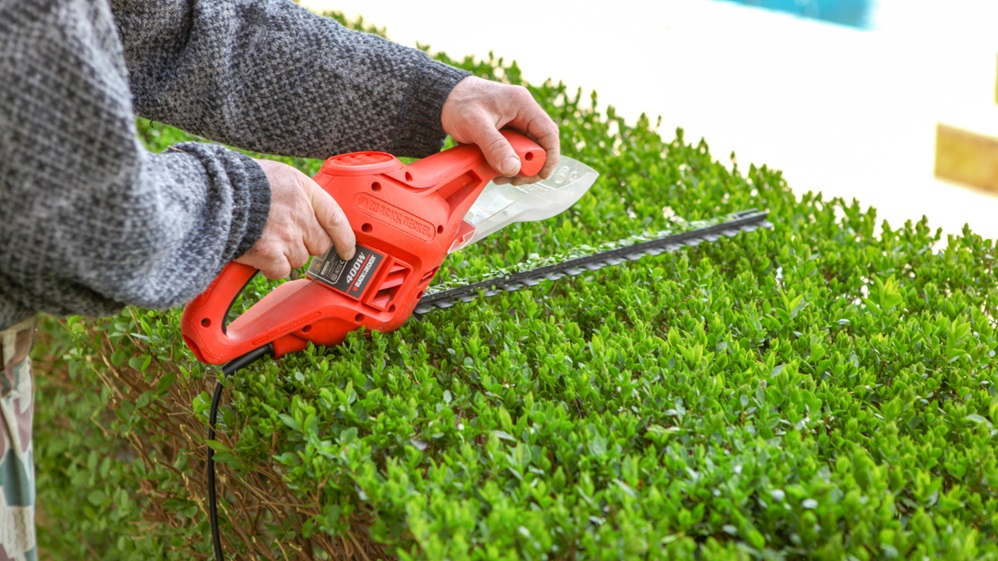

A well-maintained hedge is not only visually appealing but also functional, serving as a privacy fence, windbreak, or decorative element in your landscape. Knowing when to trim and prune your hedges is crucial to maintaining their health and appearance. In this article, we will cover the ideal times to prune and trim hedges, as well as provide tips on how to maintain their overall health.
The Best Times: When to Trim and Prune Your Hedges?
Regular Trimming
For most hedges, the primary trimming should occur when the hedge has reached the desired height and width. However, timing this initial trimming can make a significant difference in the long-term health and appearance of your hedges. For optimal growth and health, it is recommended that you schedule your hedge trimming in Vancouver during the spring or fall if you live there.
Here are some general guidelines for the best times to trim different types of hedges:
- Deciduous hedges (such as beech, hornbeam, or privet): Trim in the late spring to early summer.
- Evergreen hedges (such as boxwood, yew, or holly): Trim in late spring, summer, or early fall.
Pruning
While trimming is essential for keeping hedges neat and visually appealing, pruning is necessary for maintaining their overall health. Pruning is the act of removing dead, diseased, or weak branches from a hedge. It’s best to do this in the late winter or early spring, as the hedge is dormant, and you’ll provide space for new growth to emerge during the growing season.
Tips for Effective Hedge Maintenance
Your garden’s hedges don’t only provide privacy and mark boundaries; they can also enhance the beauty of your landscape when properly maintained. The key to maintaining healthy and attractive hedges is through regular and timely trimming or pruning. While some may worry about the proper time to trim their hedges, here are some gardening tips for the avid and busy gardener.
To Sum Up
Maintaining your hedges is essential for keeping them healthy and attractive. Knowing when to trim and prune your plants can help you get the most out of their health and beauty. Generally, it is recommended that deciduous hedges be trimmed in the late spring to early summer, while evergreen hedges should be trimmed in late spring, summer, or early fall. Pruning should be done in the late winter or early spring to promote healthy new growth. Finally, follow these tips for effective hedge maintenance and enjoy the beauty of your garden.




